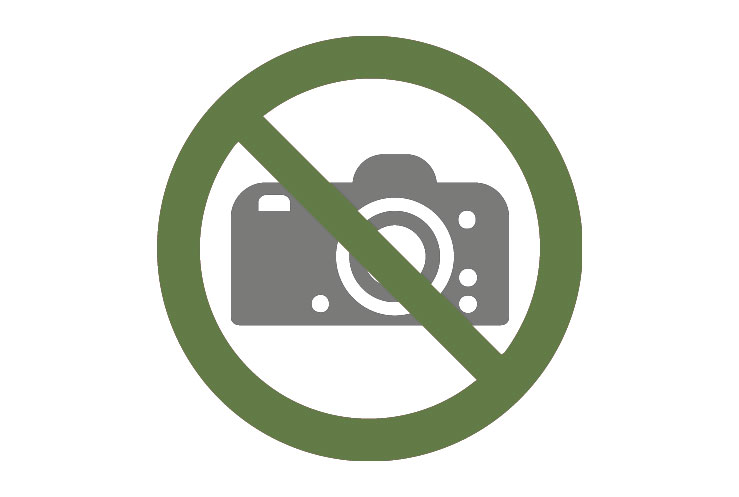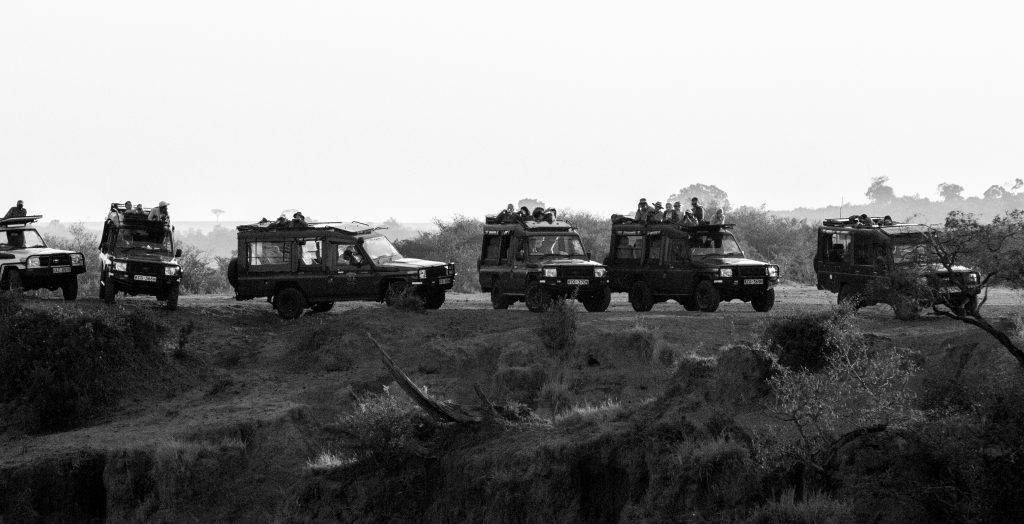On returning home from my latest trip to Ethiopia, it dawned on me that our Conservation Journeys are best suited to those who like to do things differently, who share the same aspirational vision that helps us create and achieve our path-carving goals. This trip especially highlighted to me the fact that the photographic cultural safari has reached a pivotal point, the rallying around jam-packed itineraries and hopping on-and-off jeeps having gone too far, particularly in terms of culture-centric journeys, and especially given our ability to take and share photographs, which however positive the intent, is never a politically neutral act.
While Wild Philanthropy design and host conservation journeys throughout Ethiopia, for this particular trip our focus was largely on two of our culturally immersive camps in the Omo Valley. Don’t get me wrong: I’m a keen photographer; framing, cropping, playing with settings, it’s a form of mindfulness, bringing me into the present moment; and I very much appreciate the power of photojournalism, its ability to raise awareness, evoke emotion and document. However, photography in the Omo Valley is something else. It’s become divisive. Less an art, more a digital barrier, it disengages people – travellers – from the experience of the now, particularly when the moment is hurried and culturally insensitive. Worse, it has had the effect of commodifying lives, looks, and rituals, and has, in places, reduced the relationship between guest and host to a bartering economy.
With this in mind, our itineraries in the Omo Valley, where the focus is on understanding the semi-nomadic pastoralist tribes and their unique way of life, will be much less photo-driven. We’d like to invite our clients to step away from their cameras and engage with their hosts eye-to-eye, so to speak. After all, this region is known as the cradle of humanity. It’s where Richard Leakey found the earliest Homo Sapiens fossil, reported to be 2 million years old. It’s the birthplace of mankind. What better place to pilgrimage, to reconnect to your specie’s roots? Travellers to the remote tribes are often touched by their sense of community, and Zuzana, on our Finance team, wrote beautifully about her spiritually engaging trip to the region. How, with no words exchanged, she was able to connect with her hosts on another level. We’re all energetic beings after all. We have much in common.
The Mursi have been especially affected by the advent of the camera. They come to Mursi Camp from a day’s walk away when guests are in camp, and set up their camp and live alongside guests for a few days. Frequently photographed for their clay and wooden lip plates, the act of taking a photograph of a Mursi tribesperson has become increasingly transactional. It often causes offence – and has become the root of much misunderstanding. In short, it is a misuse of power. Wouldn’t it be lovely if we could encourage travellers to see things through their hosts eyes, and with an inherent respect for their traditional beliefs? This, of course, takes a deeper level of understanding. So, as of this year, our Mursi flycamp, a three-hour boat journey along the Omo River from Lale’s Camp, will be encouraging guests to embrace a photography free experience. We believe clients will get far more out of the experience by removing the lenses and immersing themselves in a truly authentic cultural experience.
The purpose of our Conservation Journeys is for the client to have an enjoyable and positive life-changing trip, to help them engage and fully experience the area and its people. For the tribesperson, it’s an opportunity to develop new revenue streams, to help them become more autonomous, and to protect their fading culture. By minimising the use of digital devices, we hope this will lead to greater immersion and deeper connections. There are other ways to document trips. Perhaps, through creativity, a channel that transcends language. To sit, to paint, to draw, and be fully present with the tribesman. How wonderful to play with colours and textures, and connect with the children through creativity.
This requires trust. It requires a step-change in the way we think of a trip’s takeaway, something other than photos, something deeper and much more felt. It’s moment of connection with somebody you’ve never met before, and whose life and way of being, is a lesson to us all. So, join us. It is a trial for now, but it’s one we’re certain will open up entirely new ways of travel – and save you a whole lot of photo editing and uploading when you get home too!

